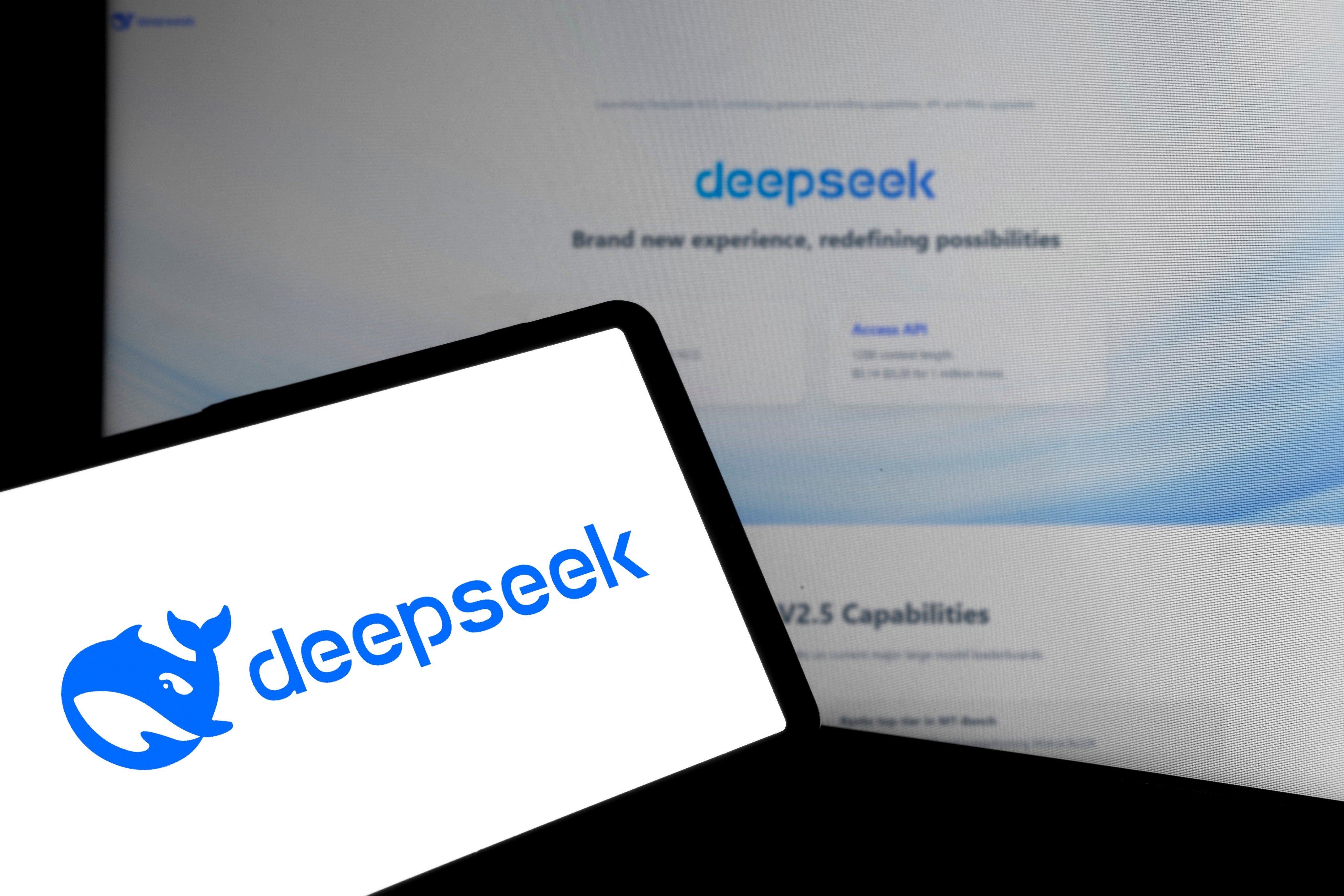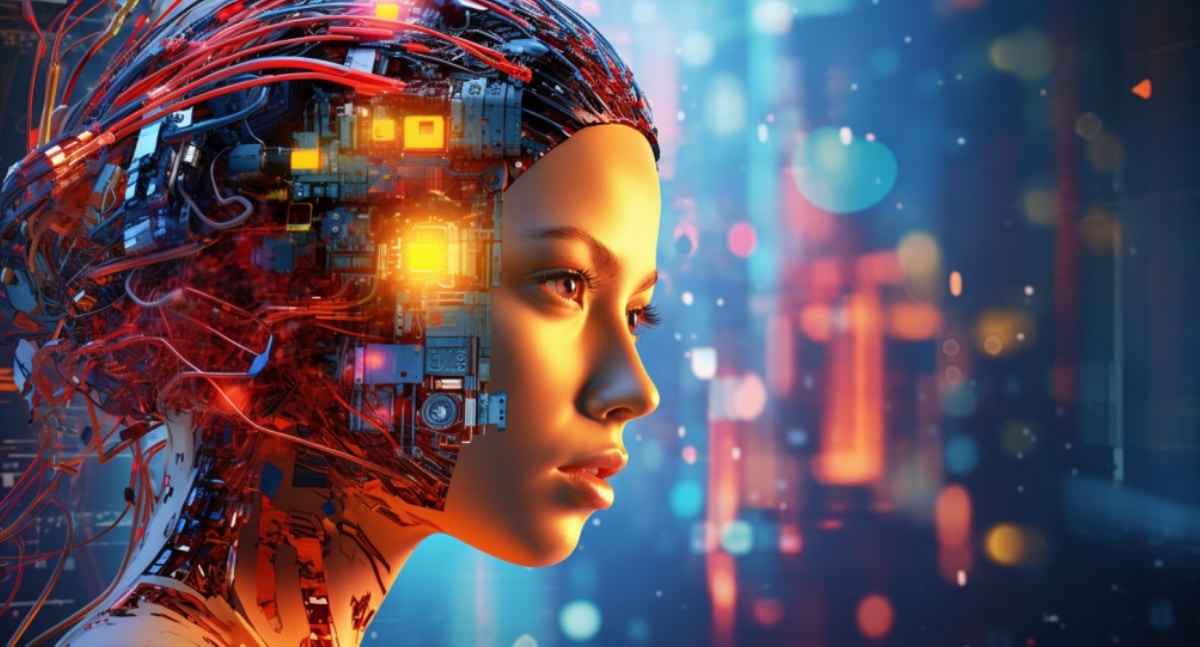
Simplehardtruth
FollowOverview
-
Founded Date mayo 27, 2014
-
Sectors Ingeniería en Sistemas Biológicos
-
Posted Jobs 0
-
Viewed 31
Company Description
What Is Expert System (AI)?
The concept of “a device that believes” go back to ancient Greece. But because the introduction of electronic computing (and relative to a few of the topics gone over in this short article) crucial events and milestones in the advancement of AI include the following:

1950.
Alan Turing releases Computing Machinery and Intelligence. In this paper, Turing-famous for breaking the German ENIGMA code throughout WWII and often described as the “daddy of computer technology”- asks the following concern: “Can machines believe?”
From there, he offers a test, now notoriously called the “Turing Test,” where a human interrogator would try to compare a computer and human text response. While this test has actually gone through much scrutiny given that it was published, it stays an important part of the history of AI, and a continuous principle within approach as it uses ideas around linguistics.
1956.
John McCarthy coins the term “expert system” at the first-ever AI conference at Dartmouth College. (McCarthy went on to invent the Lisp language.) Later that year, Allen Newell, J.C. Shaw and Herbert Simon create the Logic Theorist, the first-ever running AI computer system program.

1967.
Frank Rosenblatt builds the Mark 1 Perceptron, the very first computer system based on a neural network that “discovered” through experimentation. Just a year later on, Marvin Minsky and Seymour Papert publish a book titled Perceptrons, which ends up being both the landmark deal with neural networks and, at least for a while, an argument against future neural network research study initiatives.

1980.
Neural networks, which use a backpropagation algorithm to train itself, became widely utilized in AI applications.

1995.
Stuart Russell and Peter Norvig publish Artificial Intelligence: A Modern Approach, which turns into one of the leading books in the study of AI. In it, they explore 4 prospective objectives or definitions of AI, which distinguishes computer systems based upon rationality and thinking versus acting.
1997.
IBM’s Deep Blue beats then world chess champ Garry Kasparov, in a chess match (and rematch).

2004.
John McCarthy composes a paper, What Is Expert system?, and proposes an often-cited meaning of AI. By this time, the age of big data and cloud computing is underway, enabling companies to handle ever-larger information estates, which will one day be used to train AI designs.
2011.
IBM Watson ® beats champions Ken Jennings and Brad Rutter at Jeopardy! Also, around this time, information science begins to become a popular discipline.
2015.
Baidu’s Minwa supercomputer uses a special deep neural network called a convolutional neural network to recognize and categorize images with a greater rate of precision than the average human.

2016.
DeepMind’s AlphaGo program, powered by a deep neural network, beats Lee Sodol, the world champion Go player, in a five-game match. The triumph is substantial given the substantial variety of possible relocations as the video game progresses (over 14.5 trillion after just 4 moves). Later, Google purchased DeepMind for a reported USD 400 million.
2022.
A rise in big language models or LLMs, such as OpenAI’s ChatGPT, creates a massive modification in performance of AI and its prospective to drive business worth. With these new generative AI practices, can be pretrained on large quantities of data.
2024.
The most recent AI trends point to a continuing AI renaissance. Multimodal designs that can take numerous kinds of information as input are offering richer, more robust experiences. These designs bring together computer system vision image acknowledgment and NLP speech acknowledgment capabilities. Smaller designs are also making strides in an age of decreasing returns with enormous designs with large parameter counts.
